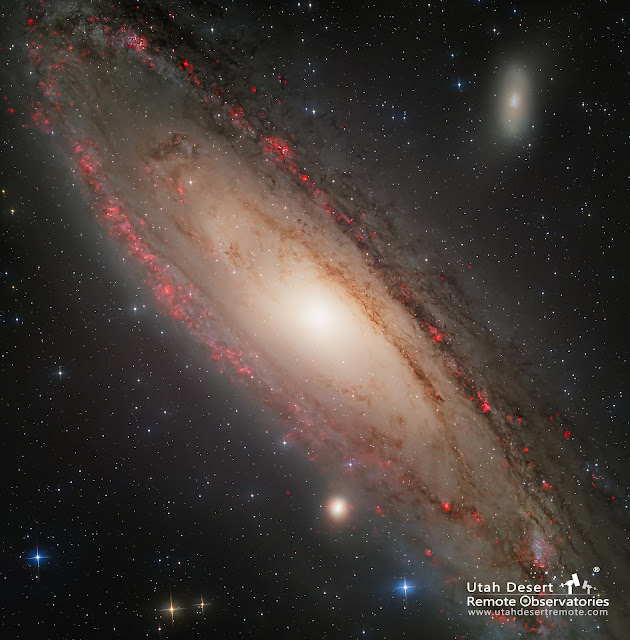SN2024gy Discovered in the Galaxy NGC 4216

SN2024gy imaged on 01/11/2024 by Luis Velasquez is from 2.25 hours of LRGB data from Insight Observatory's affiliate remote telescope AFIL-3 located in Hakos, Namibia. In the vast expanse of the cosmos, an extraordinary event unfolded on January 4, 2024 – the discovery of Supernova 2024gy in the galaxy NGC 4216. This celestial marvel was unveiled to the world by the keen eyes of Koichi Itagaki, a passionate Japanese amateur astronomer. SN2024gy belongs to the exclusive category of Type Ia supernovae, a type that originates in binary star systems. What makes these stellar explosions particularly captivating is their role as "standard candles" in the cosmic distance measurement toolkit. The consistent brightness exhibited by Type Ia supernovae allows astronomers to precisely calculate their distance from Earth, offering a unique window into the mysteries of the universe. The significance of this discovery extends beyond the cosmic spectacle itself; it signifies the c...

